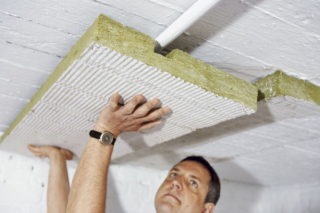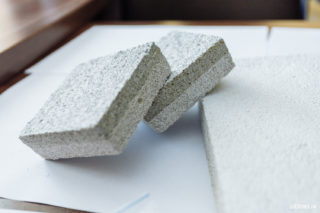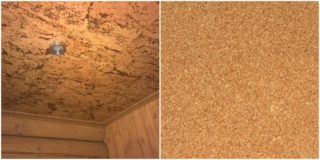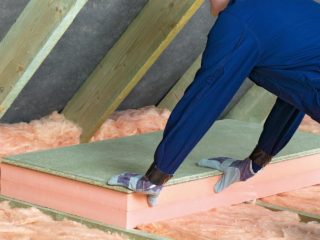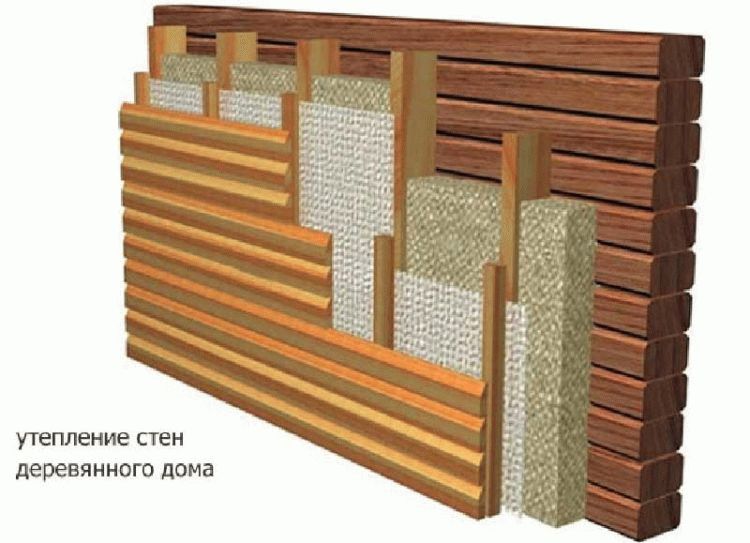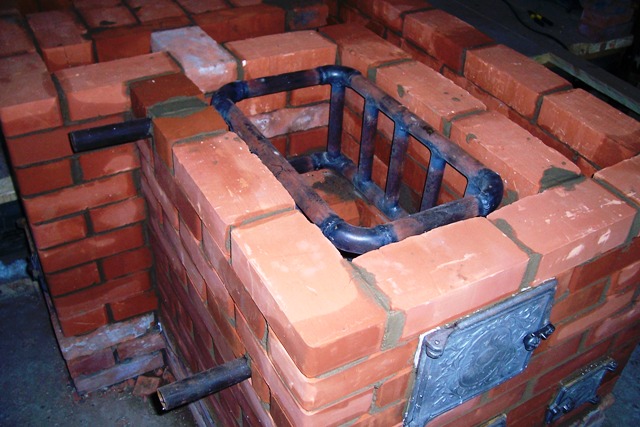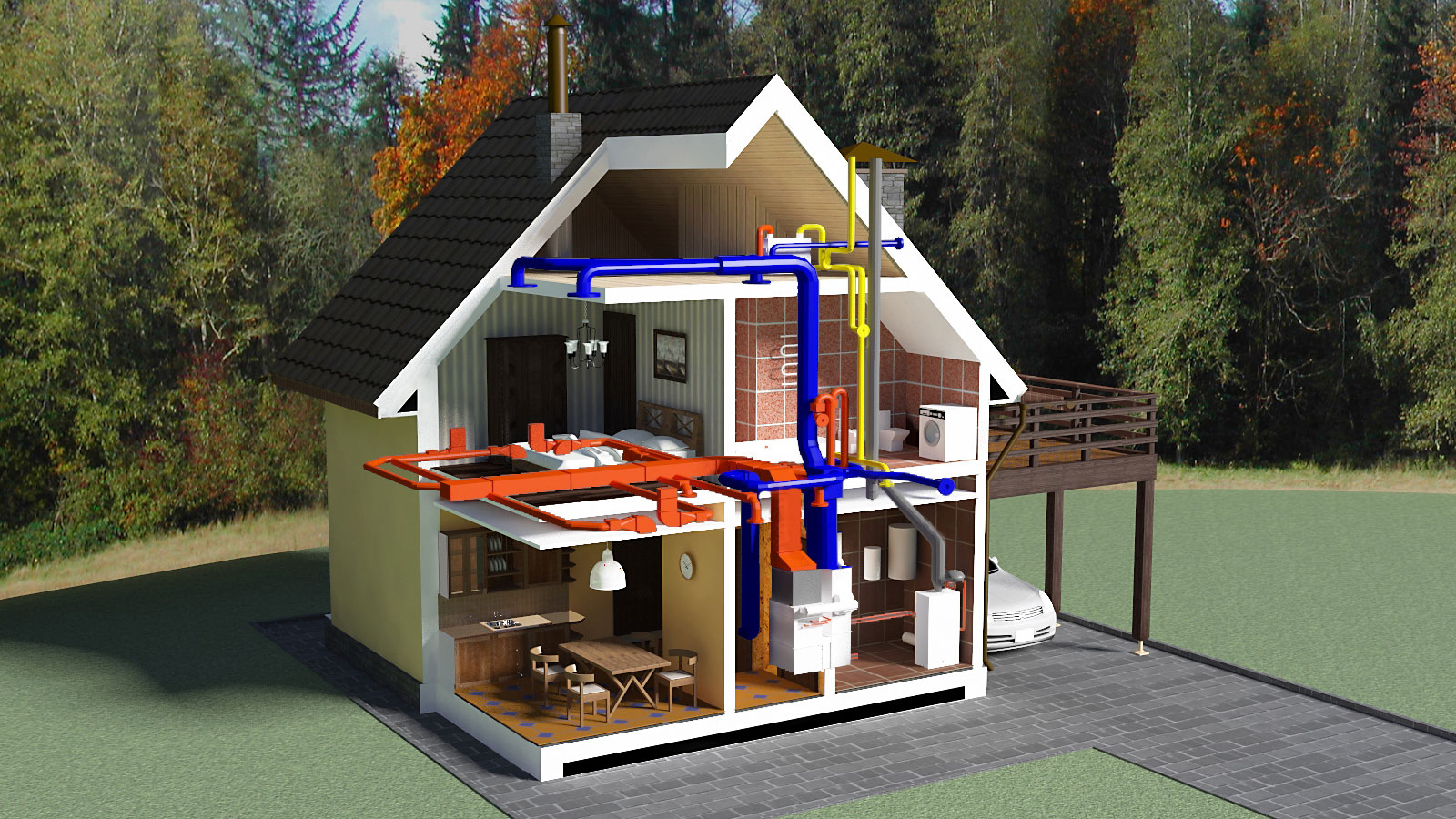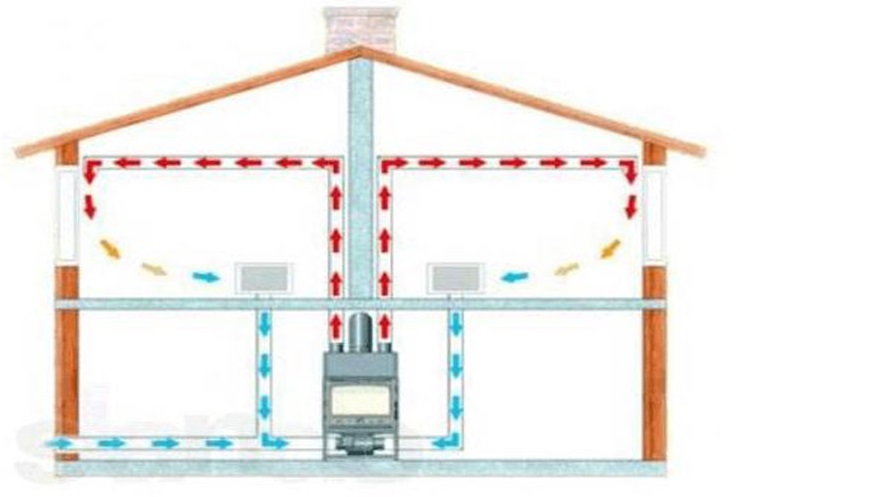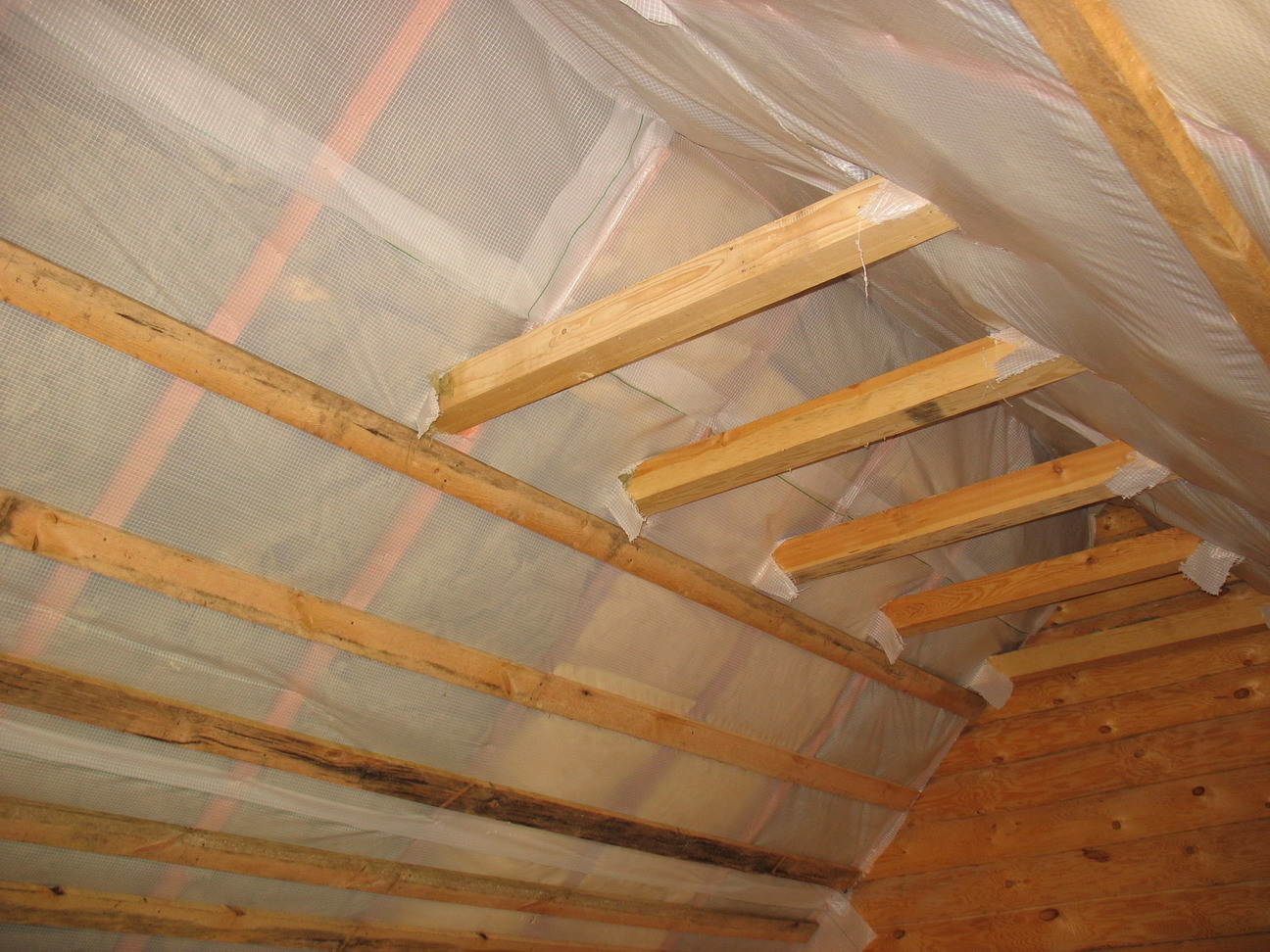Ceiling insulation is a procedure no less important than thermal insulation of other surfaces. It is through the ceiling that almost 1/5 of all the heat leaves the rooms. Also, condensation often forms on the ceiling, increasing the humidity inside the house (apartment), promoting the growth of fungi, negatively affecting the health of the owners and the decoration of the ceiling and walls. All this imposes certain requirements on the thermal insulation of the ceiling and encourages the observance of certain rules when carrying out work.
Warming rules
When laying insulating material, do not reinsure yourself and put it in too thick a layer. It is important to choose the optimal thickness so that the heat insulator does not interfere with the evaporation of moisture from the room.
The highest quality and environmentally friendly materials should be used as heat-insulating material.
Insulation of the ceiling in the apartment
In the apartment, all work on heat, hydro and vapor insulation is done from the inside, so I want these materials to be not only of high quality, but also aesthetically pleasing and beautiful to look at. Of course, you can hide the entire structure with decorative finishing materials. However, each subsequent layer hides additional centimeters, making the ceiling lower and reducing the volume of the room. The best option are materials that simultaneously serve as both heat insulators and original finishes.
Warm plaster
Bung
Among the various advantages of cork is a wide selection of its textures and colors, as well as the fact that it can be painted in any color you like. In addition, such a coating will easily hide small irregularities and imperfections in the ceiling. And yet, in the manufacture of cork agglomerate, polymers are not used, so it is environmentally friendly and has hypoallergenic properties. In this case, a prerequisite for the adhesive fixing of cork finishing is the presence of a cement base. That is, if before that there was a different finish on the ceiling, then it will need to be removed and the ceiling cleaned to the very cement base.
Ecopanels
One of the modern thermal insulation materials with a volumetric surface.Its use will not only help to qualitatively and reliably insulate the ceiling, but also create an original and beautiful design of the room. Such panels are made from natural materials (cellulose, bamboo, reed, etc.) with the addition of organic resins. They are attached to glue, which makes them easy to use and very beneficial in all respects.
Insulation of ceilings in houses
Insulation in this case can be polystyrene, mineral wool, expanded polystyrene, etc. At the same time, it is better to choose slab rather than roll materials, since it is much more convenient to work with slabs.
On top of the insulation, it will be necessary to glue a layer of plastic film or foil, which will act as a vapor barrier, and then finishing materials. One of the options for basement insulation is the use of liquid polyurethane foam. But you won't be able to use it yourself, since you need special equipment.
As for the ceiling in the house itself (on the last floor), it is insulated from the side of the attic. For this, expanded clay, vermiculite, granular polystyrene foam and other bulk insulation are perfect. Thermal insulation materials are poured onto a layer of roofing material in the gaps between wooden logs treated with antiseptic agents. If the insulation used is a flammable substance, then it must be poured with a cement mixture.

